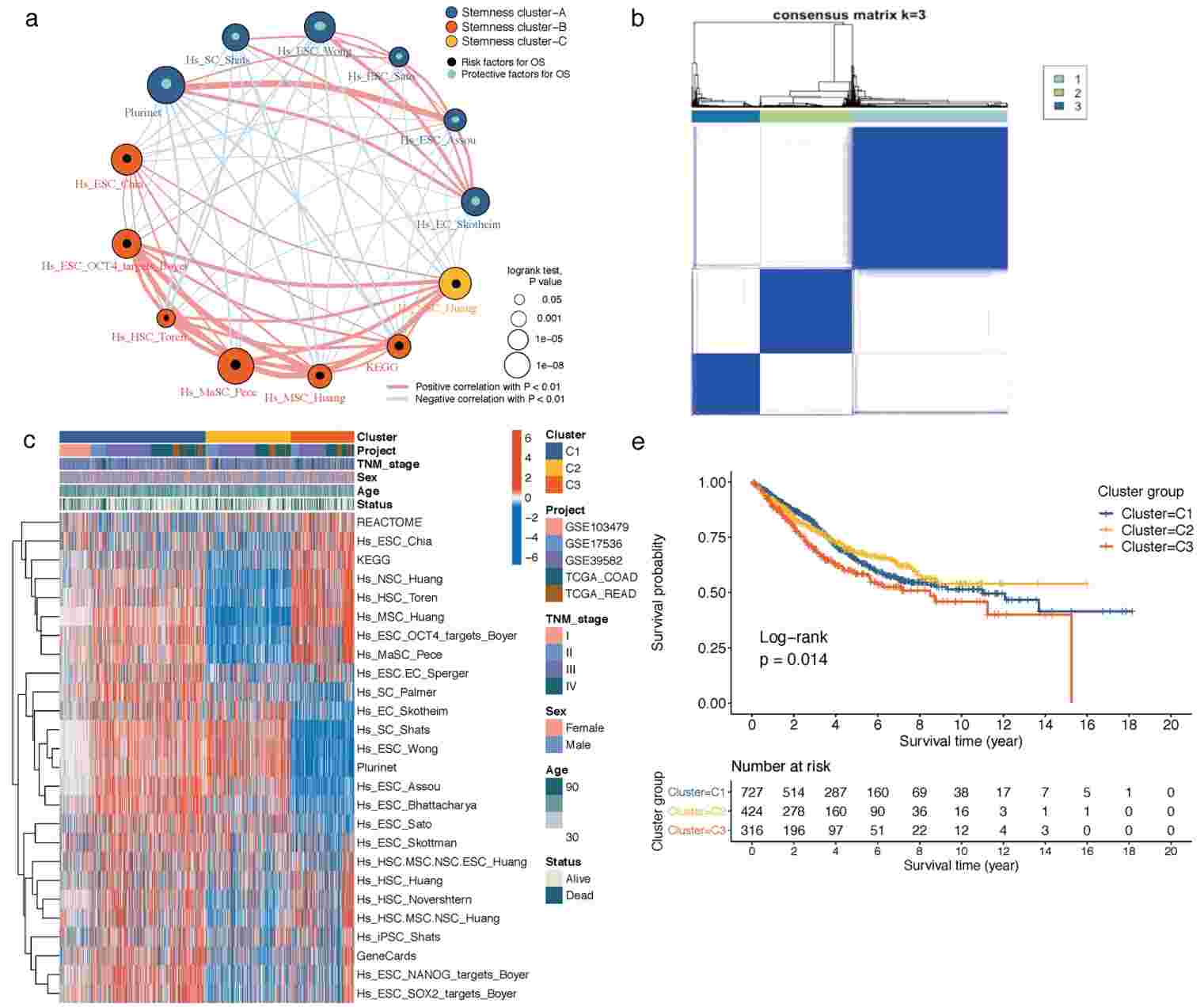mRNA is a genetic material that transmits instructions from DNA to the protein manufacturing machinery within cells, playing a crucial role in protein synthesis and gene expression. Creative Biolabs aims to apply mRNA characterization technology in the field of stem cell research, assisting our clients in identifying, defining, and understanding various physiological or pathological biological processes in the relatively young field of stem cells.
mRNA is a crucial genetic material that delivers DNA instructions to the protein manufacturing region within cells, serving as a key component guiding protein synthesis and regulating gene expression. Characterization of mRNA involves multifaceted analysis and understanding, including its structure, function, abundance, and interactions of various components.
mRNA typically consists of a single-stranded ribonucleic acid with a sugar-phosphate backbone and is divided into exonic and intronic sequences depending on whether it is translated. Its most significant and understood biological function is its role as a template involved in protein synthesis, serving as a critical intermediary molecule in translation.
 Fig.1 Cell stemness gene network analysis. 1
Fig.1 Cell stemness gene network analysis. 1
Creative Biolabs aims to enhance understanding of biological processes by providing insights into gene expression patterns, identifying potential disease biomarkers, and guiding the development of mRNA-based disease intervention strategies. Our mRNA characterization services include:
Gene expression is the first step in determining the functionality of relevant genes in diseases. Characterization of mRNA can provide in-depth understanding of gene expression and cellular processes, revealing how mRNA changes can directly reflect the impact of gene variations on expression, aiding in elucidating what influences the phenotypic outcomes of diseases.
AMD is a multifactorial complex disease characterized by the gradual loss of photoreceptors covering the retina. Various AMD-related genes have been identified, including HIF-1α involved in angiogenesis, BCL2L13 and CASPASE-3 regulating apoptosis, and SOD2 and GPX3A involved in oxidative stress.
Acne is a highly prevalent chronic inflammatory skin disease mainly affecting the face, neck, and back. Its pathogenesis is regulated by changes in sebum composition, inflammatory processes, hormone imbalance, among other factors. Studies have shown upregulation of IGF-I, COX-2, CRH-R2, IL-1β, IL-8, PPAR-α, -δ, -γ1, and -γ2 expression at both mRNA and protein levels in acne patients, indicating potential influencing factors in acne pathogenesis.
 Fig.2 Genetic changes considered underlying pathological conditions of acne.2
Fig.2 Genetic changes considered underlying pathological conditions of acne.2
Over 375 genes have been identified to regulate skin pigmentation. Mutations in these genes and changes at the mRNA level have been shown to affect human pigmentary diseases and/or normal pigmentation.
 Fig.3 Analysis of genetic data related to pigmentation after exposure to ultraviolet light.3
Fig.3 Analysis of genetic data related to pigmentation after exposure to ultraviolet light.3
Applying emerging technologies and analytical strategies in mRNA characterization, Creative Biolabs provides stable, accurate, and reliable analyses for our clients worldwide through our sensitive and powerful experimental platform. We offer an overview of gene expression patterns, comprehensive understanding of complex regulatory networks and molecular interactions behind biological processes or pathological developments through understanding mRNA dynamics, splicing patterns, and expression profiles. Please do not hesitate to contact us for robust support.
References
For Research Use Only. Not For Clinical Use.